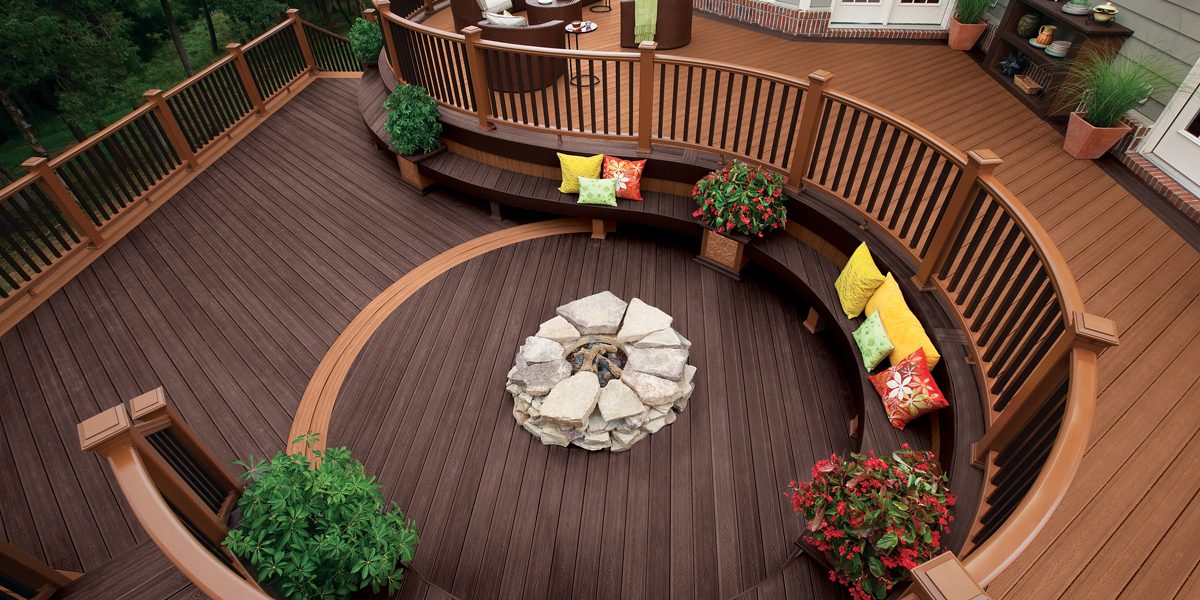Decking allows homeowners to enjoy a versatile outdoor living space, and is one of the more popular home improvement projects for Australian homeowners to undertake. Whether you’re considering the addition of a deck to your property, the restoration of an existing structure or the purchase of a property which already contains a particular type of decking, it’s always wise to have a basic idea of how the most common decking materials stack up against one another.
For homeowners who desire a natural wood look, there are two primary materials from which to choose: wood decking and composite decking.
Composite Decking: Pros and Cons
To curb deforestation and limit the use of virgin wood, many Australian homeowners are considering the use of composite decking materials to achieve the classic look of wood decking, with a different level of environmental impact and maintenance requirements.
- Pros: Unlike natural wood, composite decking does not need to be refinished, sealed or treated against moisture damage on a regular basis. The construction of composite materials allow it to mimic natural wood very convincingly, and can be more resistant to pests than timber materials. Depending on the brand choice, it may also be a far more environmentally sound choice, as some manufacturers use only timber by-products like sawdust and recycled plastic.
- Cons: While composite decking is often constructed of more environmentally sound materials, it can still come with a larger carbon footprint than natural timber due to the manufacturing process. The material is also quite sensitive to temperature changes, and is not suited for load-bearing construction. Should parts of a composite deck become faded or damaged, it will also have to be replaced, rather than repaired.
Wood Decking: Pros and Cons
Like composite materials, wood decking comes with its own set of benefits and drawbacks. To make an informed decision about which option is best suited to your needs and lifestyle, it’s wise to weigh these pros and cons against the unique requirements of your household.
- Pros: Unlike composite decking, timber can be painted or stained to match the exterior of your home, even if you choose to change color schemes as part of future remodeling projects. The durability and dependability are also more established in timber decking, as opposed to composite decking, which is a newer material. Expansion and contraction rates of wood decking are more predictable, so it’s less likely to expand or contract at a different rate than the structural bracing elements of a home.
- Cons: Timber pests are so called for a reason, and they do have the potential to affect wood decking. If left untreated and not subjected to regular maintenance, timber decks can also begin to rot. This can present a very real collapse risk, so timber decking is typically better suited to households which can commit to proper maintenance every few years.
While both composite decking and timber can enjoy a long, durable life, both options will need to be periodically inspected to ensure structural integrity and safety. For homeowners in the process of having a deck built, it’s also wise to have new work evaluated by a professional building inspector to ensure the workmanship is of reasonable quality, and there are no outstanding safety risks. With the right maintenance and oversight, either a timber or composite decking project can be a great addition to almost any home.
Houspect Building Inspections– Buy, Build, Invest and Sell with Confidence
08 9240 8855
info.wa@houspectwa.com.au







